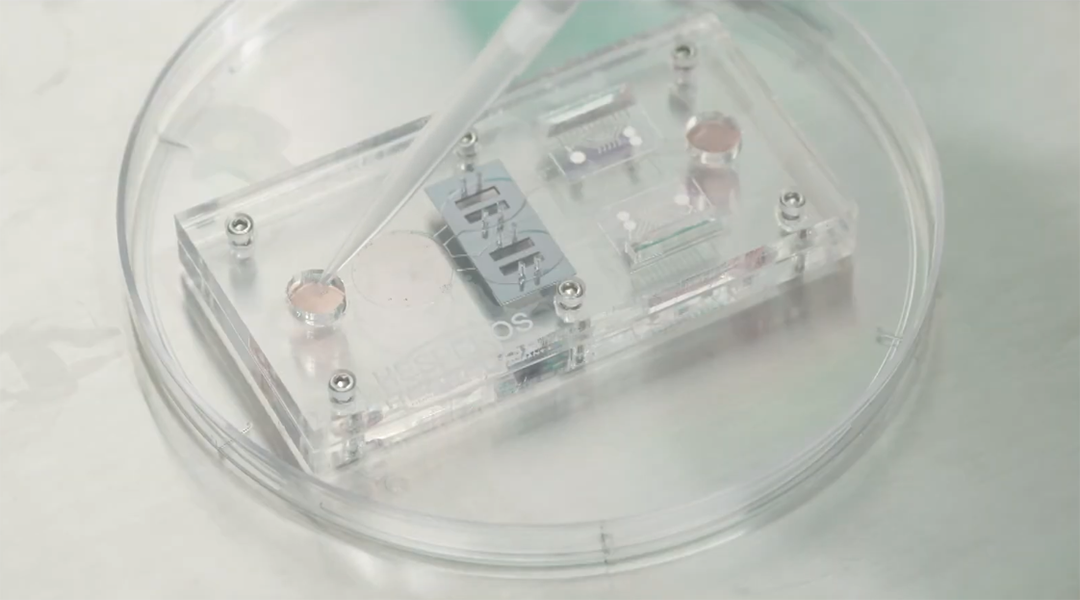Stem cells are used to model early nervous system development to understand how it is affected by genetic mutations and certain drugs.


Stem cells are used to model early nervous system development to understand how it is affected by genetic mutations and certain drugs.

Engineers and oncologists teamed up to develop a microfluidic chip capable of capturing the body’s natural killer immune cells to harvest their cancer-killing exosomes.

A temperature-responsive, porous hydrogel enables more efficient and sustained protein synthesis.

Researchers capture high-powered microscopic images showing startlingly high SARS-CoV-2 viral loads on human respiratory surfaces.

Similar to eukaryotes, prokaryotic cells can spatiotemporally regulate localization of RNAs, which is crucial for the survival and proper function of these tiny organisms.

Zwitterionic polymers allow researchers to fabricate drug-carrying microrobots that can operate covertly under the immune system’s radar.

A new in vitro model of the body’s immune system better predicts its response to new therapeutics, potentially lowering the high costs and low success rates of drug discovery.

A group of researchers from Freiburg present a new tandem solar cell to break through current theoretical limits..

Identifying the critical questions regarding long distance regressive signaling and how they are important for understanding nervous system development and pathogenesis in neurodegeneration.

Researchers use “a guiding light” to direct the 3D growth of nerve tissue with a high degree of precision.